I want to know what happens if we put two gas discharge tube (fast acting GDT and a GDT in parallel), and a tvs diode in parallel. Would there be an issue in putting GDT in parallel?
Datasheet of Fast Acting GDT
Datasheet of Second GDT
I want to know what happens if we put two gas discharge tube (fast acting GDT and a GDT in parallel), and a tvs diode in parallel. Would there be an issue in putting GDT in parallel?
Datasheet of Fast Acting GDT
Datasheet of Second GDT
Anything placed directly in parallel with the GDT, that clamps at a lower voltage, will prevent the GDT from striking. With a fast-rising voltage, the "slow" GDT needs to reach 525 V to strike, or needs to be held above 325 v for some microseconds.
So going back to a TVS: If you make a fast, high-voltage clamp at 250 V, it needs to tolerate this voltage for some microseconds... which is many Joules. With a lower-voltage device in parallel, the TVS gets the whole surge with no help from the GDT. (Until the TVS fails, then the GDT will operate).
The usual solution is to put something between the GDT and the TVS, so that the TVS can clamp and protect the downstream circuit, while not limiting the voltage rise on the GDT. This could be:

simulate this circuit – Schematic created using CircuitLab
Gas discharge tubes strike at a preset voltage and conduct at a lower (or much lower) voltage. Placing two or more in parallel means that the first to operate will reduce the voltage such that others with the same striking voltage will probably not fire.
I thought about the possibility of staggering striking voltages so the slower tube may fire after the faster one - but, unless the waveform is VERY fast this will then fire the low voltage tube and not the higher voltage one.